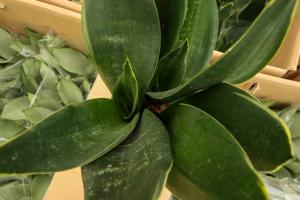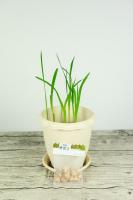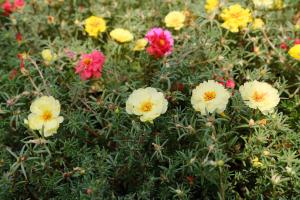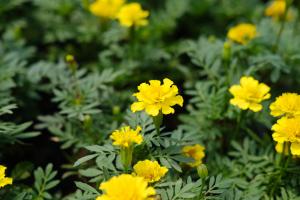What Eats Tomato Plant Blossoms?
Tomatoes are a popular crop grown in home gardens and on farms alike. They are prized for their taste and nutritional value. However, tomato plants are also a favorite target of pests and disease. Blossom loss can be a significant problem for tomato plants, affecting both yield and quality. In this article, we will discuss what eats tomato plant blossoms and strategies for preventing damage.
Common Pests
There are several pests that feed on tomato plant blossoms. These include:
Thrips
Aphids
Stink bugs
Caterpillars
Thrips are tiny, winged insects that feed on the blossoms, leaves, and stems of tomato plants. They cause damage to the plant by piercing the flower buds and sucking out the sap. Aphids are another common pest that can damage tomato blossoms. They are small, pear-shaped insects that feed by sucking the sap from the plant. Stink bugs and caterpillars can also be a problem, as they feed on the flowers and foliage of the plant.
Disease
In addition to pests, tomato plants can also be affected by disease. Blossom end rot is a common problem that can cause the blossoms to wither and die. This disorder is caused by a calcium deficiency in the plant, which can be caused by uneven watering or poor soil. Fusarium wilt is another disease that can plague tomato plants, causing the blossoms to wilt and die. This disease is caused by a fungus in the soil, which can be transmitted to the plant through infected seeds or transplants.
Prevention
There are several strategies for preventing damage to tomato plant blossoms. First, it is important to keep the plants healthy and well-maintained. This can be done by providing them with adequate water and nutrients, as well as pruning and staking them to promote good air circulation. It is also important to remove any diseased or infested plants as soon as possible, in order to prevent the spread of disease.
Another strategy for preventing damage is to use natural predators to control pest populations. For example, ladybugs are a natural predator of aphids, while lacewings and praying mantises can help control thrips and caterpillars. Additionally, using row covers and netting can help protect the plants from pests without the need for chemical pesticides.
Finally, it is important to monitor the plants regularly for signs of damage, and to take action immediately if a problem is detected. This may include removing the affected blossoms or using a targeted pesticide to control pest populations.
Conclusion
Blossom loss can be a frustrating problem for tomato growers, but there are ways to prevent and control damage. By keeping the plants healthy, using natural predators, and monitoring for pests and disease, growers can enjoy a bountiful harvest of delicious, healthy tomatoes.

 how many times do yo...
how many times do yo... how many planted tre...
how many planted tre... how many pine trees ...
how many pine trees ... how many pecan trees...
how many pecan trees... how many plants comp...
how many plants comp... how many plants can ...
how many plants can ... how many plants and ...
how many plants and ... how many pepper plan...
how many pepper plan...
































